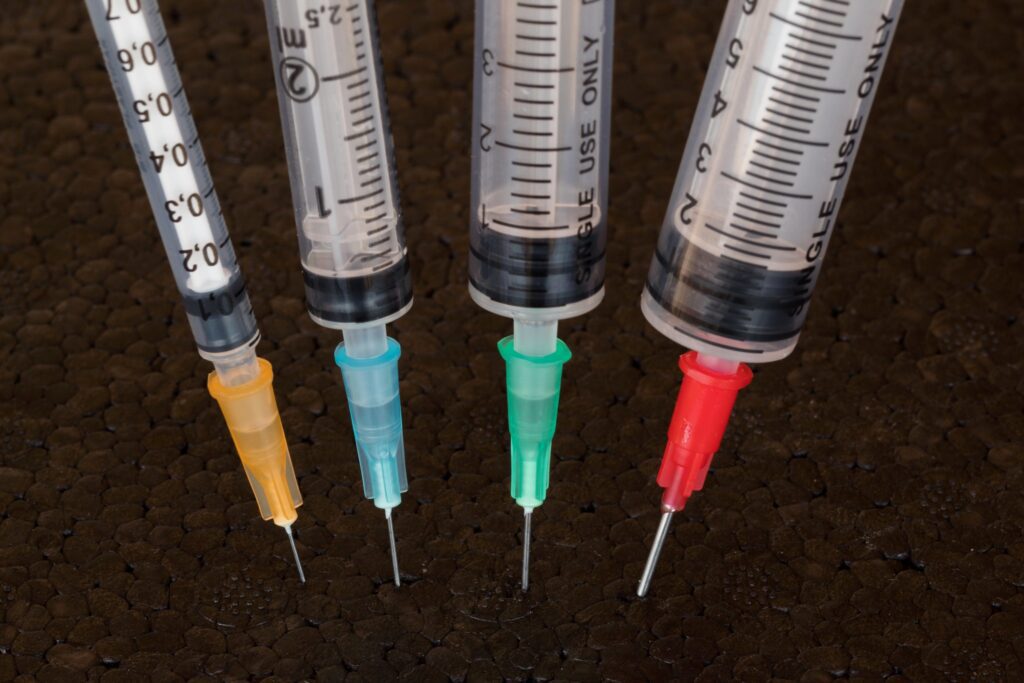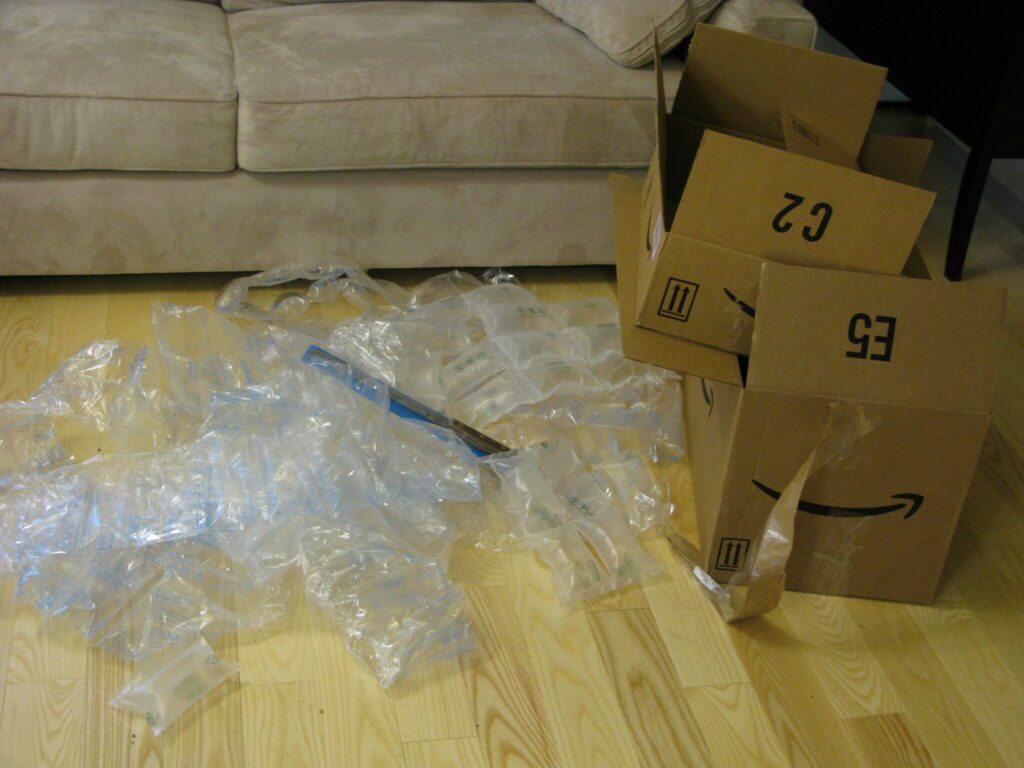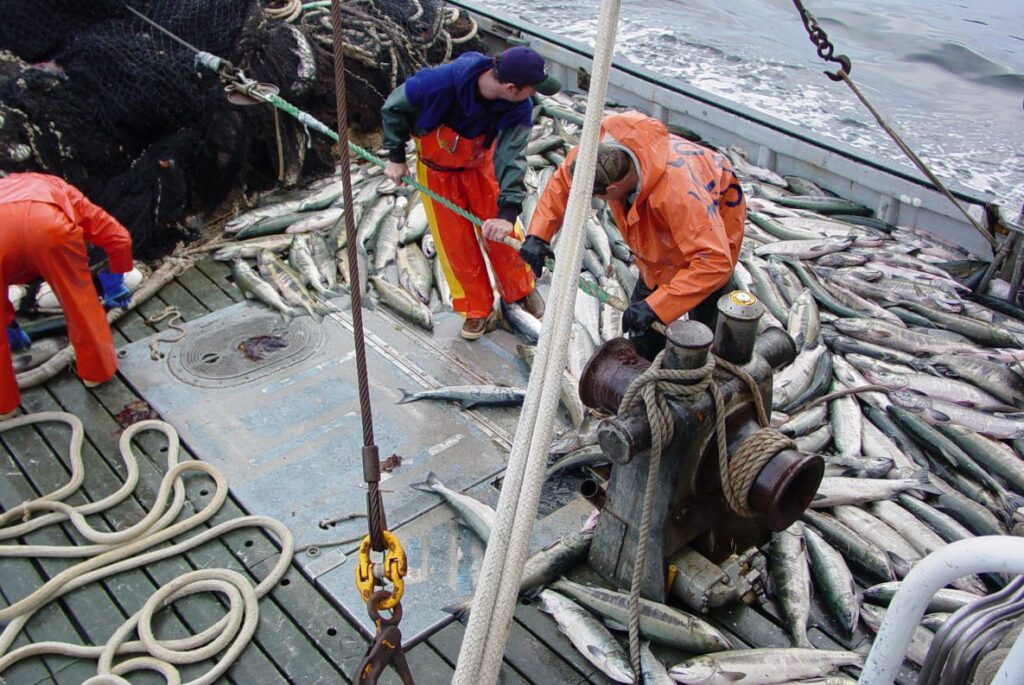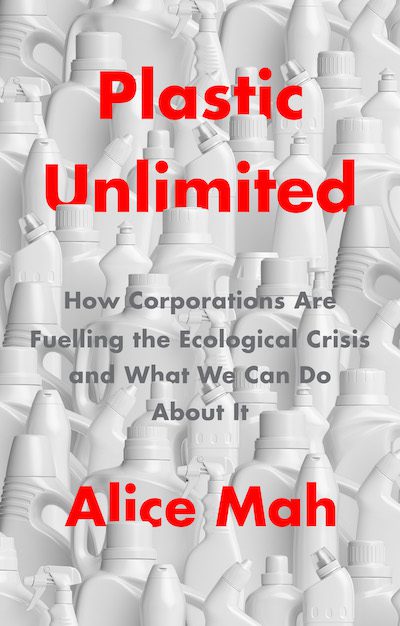


Properly addressing the plastics problem involves not only interrogating corporate tactics but also understanding that some plastics provide societal benefits.
By Alice Mah, Independent Media Institute
6 min read
Over the past few years, the paradox of plastic as both a miracle for and a menace to society has become a platitude. There are countless stories in the media and popular culture about our fraught relationship with plastic, focusing on our addiction and dependence. However, this way of framing the problem actually serves to perpetuate it. Plastics are plural. There are tens of thousands of plastics, each with different physical properties, including not only flexibility or durability, but also toxicity. By lumping plastics together into a singular entity with both beneficial and harmful features, the double-sided narrative assumes that the two sides can never be separated. By blaming us all for our dependence on plastic, questions of corporate responsibility and unequal toxic risks are avoided. Ultimately, the paradox of plastic conveys a sense of inescapability that the industry can tap into.
“Let’s talk realistically about plastic” is the title of a campaign launched in October 2020 by the Danish Plastics Federation, featuring short videos with plastic reality-check messages: “Without plastic… cars would use more fuel”; “No plastic… no bike helmet.” The punchline: “Frankly, we need plastic where it makes sense. But a world without… creates more problems than it solves.” The U.S.-based Plastics Industry Association regularly tweets and blogs similar messages. For example, one blog post decried the public’s “knee-jerk reaction” of proposing plastic bans and substitutions to deal with plastic litter as “overly simplistic,” “outlandish,” and “impractical… like when a child proposes that the solution to global warming is eliminating cars.”
While this line of argument is “overly simplistic” itself, the industry is right in some ways. Plastic cannot be separated neatly into different piles of societal value: essential versus wasteful, or desirable versus toxic. Many plastics are indeed essential for health and safety, transport, and connectivity, yet are also toxic and wasteful. There are no easy solutions to such a complex problem. However, we can stop the plastics crisis from spiraling even further out of control. Many plastic products can and should be banned or substituted to protect health, the environment, and the climate. Policymakers, researchers, and activists have rightly focused on the need to eliminate or substitute the production of toxic plastic products (to protect health), single-use plastics (to stop the plastic waste crisis), and virgin (fossil fuel-based) plastics (to address the climate crisis). There are many barriers and dilemmas involved in such proposals, but reducing harmful plastics production is not an unrealistic goal. On the contrary, it is both possible and necessary. An important start is to interrogate corporate half-truths as well as untruths.
The industry’s “realistic versus impractical” narrative is a pragmatic twist on a related narrative that has long been popular with the industry: “reality versus fiction,” used to make truth claims about the benefits and nontoxicity of plastics. Since the beginning of the plastic age, the industry has tirelessly promoted the essential and desirable characteristics of plastic products, while denying their harmful effects. The discovery of synthetic plastics more than a century ago was seen as miraculous, saving animals by replacing ivory and tortoiseshell, and natural resources by replacing wood, silk, and glass. More importantly for a capitalist system, plastics were cheap. After World War II, new plastic household products entered the market, fostering the growth of mass consumer society. Steadfastly, the industry extended its reach into other markets, to building materials, shopping bags, medical equipment, toys, electronics, water bottles, and food packaging. People were sold not only plastics but also the idea of disposability.
Yet the public has never been fully sold on plastics. From the start, labor, consumer, and environmental groups have questioned the production and use of plastics. In fact, the petrochemical and plastics industries have often been accused of using the playbook from Big Tobacco by manufacturing doubt and uncertainty about the hazards of their products. I wish that I could say that these accusations are exaggerated, or oversimplify a more complicated situation, but if anything, they are understated. In the 1960s and early 1970s, the American and European petrochemical industries conspired to conceal scientific links between vinyl chloride, cancer, and other illnesses, in order to protect their markets. The news about vinyl chloride and cancer broke in 1974, leading to public alarm and swift regulations, but it took decades for researchers and lawyers to expose the corporate lies and cover-ups. Meanwhile, the plastics industry learned how to anticipate regulations, refining its “deceit and denial” tactics in later controversies over carcinogenic and hormone-disrupting plastics.
Beyond high-stakes battles over truth, corporations often ignore issues of toxicity altogether, especially given that the burden of proof for harm rests on communities, not corporations. In spite of decades of environmental justice struggles around the world, toxic hazards from plastics remain disproportionately located in minority, low-income, and working-class communities. In Canada, my home country, the Indigenous Aamjiwnaang First Nation is located next to a number of toxic polluting petrochemical plants in “Chemical Valley” in Sarnia, Ontario, and local residents have reported a number of illnesses. This parallels the infamous case of “Cancer Alley” in Louisiana, an 85-mile stretch of former plantation land along the Mississippi River with a high concentration of petrochemical facilities and oil refineries situated in close proximity to rural Black residential communities. Indeed, around the world there are hundreds of “cancer villages” and cancer clusters related to plastics production, incineration, and disposal. Some corporations have been held to account for negligent toxic waste, and air quality regulations have been introduced in many places, but most companies have continued with business as usual. Despite the risks and negative social and environmental impacts, corporations across the plastics value chain will deploy whatever tactics they can in order to create, protect, and expand plastics markets.
This excerpt is adapted from Plastic Unlimited: How Corporations Are Fuelling the Ecological Crisis and What We Can Do About It by Alice Mah (Polity Books, 2022) and was edited and produced for the web by Earth | Food | Life, a project of the Independent Media Institute.
Alice Mah is a professor of sociology at the University of Warwick.
Take action…

Amazon is polluting the planet with its overuse of plastic packaging
A 2021 report by Oceana investigated Amazon’s use of plastic and found that “up to 23.5 million pounds of the company’s plastic packaging polluted the world’s waterways and oceans in 2020.” The report also found that the company’s “recycling promises do not help to reduce plastic pollution.”
“Our report found that Amazon’s plastic packaging pollution problem is growing at a frightening rate at a time when the oceans need corporate leaders like Amazon to step up and meaningfully commit to reducing their use of single-use plastic. Amazon has shown it can do this in large markets like India and Germany,” said Matt Littlejohn, Oceana’s senior vice president for strategic initiatives. “It now needs to commit to do so worldwide.”
Urge Amazon to stop using plastic packaging.
From the EFL archives…

Microplastics are contaminating the global seafood supply, but major news outlets are silent
By Andy Lee Roth and Mickey Huff
According to a pair of recent scientific studies, microplastics and a class of toxic chemicals known as per- and polyfluoroalkyl substances (or PFAS) are becoming increasingly prevalent in the world’s oceans and have begun to contaminate the global seafood supply.
According to a July 2020 study published in the scholarly journal Environmental Science and Technology, PFAS—a family of potentially harmful chemicals used in a range of products, including carpets, furniture, clothing, food packaging, and nonstick coatings—have now been found in the Arctic Ocean. This discovery worries scientists because it means that PFAS can reach any body of water in the world and that such chemicals are likely present in water supplies across the globe.
Meanwhile, researchers at the QUEX Institute, a partnership between the University of Exeter in the United Kingdom and the University of Queensland in Australia, have found microplastics in crabs, oysters, prawns, squid, and sardines sold as seafood in Australian markets, findings that were also first published in Environmental Science and Technology. As Robby Berman reported for Medical News Today in August 2020, the second study’s findings suggest that microplastics—small pieces of plastic “less than 5 millimeters in length, which is about the size of a sesame seed”—that are a consequence of plastic pollution have “invaded the food chain to a greater extent than previously documented.”
Parting thought…

“There is no such thing as ‘away.’ When we throw anything away, it must go somewhere.” —Annie Leonard
Earth | Food | Life (EFL) explores the critical and often interconnected issues facing the climate/environment, food/agriculture and nature/animal rights, and champions action; specifically, how responsible citizens, voters and consumers can help put society on an ethical path of sustainability that respects the rights of all species who call this planet home. EFL emphasizes the idea that everything is connected, so every decision matters.
Click here to support the work of EFL and the Independent Media Institute.
Questions, comments, suggestions, submissions? Contact EFL editor Reynard Loki at [email protected]. Follow EFL on Twitter @EarthFoodLife.
